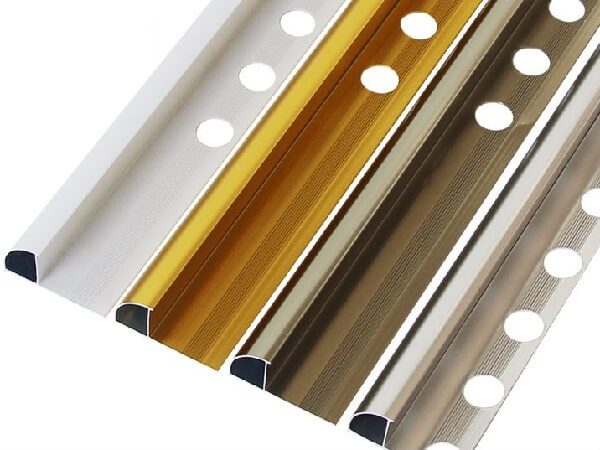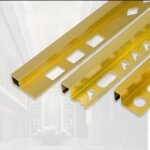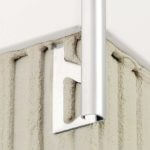What is the difference between aluminum tile trim and PVC tile trim?
What is the difference between aluminum tile trim and PVC tile trim?
Both aluminum tile trim and PVC tile trim are popular choices for finishing the edges of tile installations, but they differ in several key aspects:
Durability:
Aluminum: More durable. Aluminum is strong and resistant to rust and corrosion, making it ideal for high-moisture areas like bathrooms and kitchens.
PVC: Less durable. PVC is prone to scratches, dents, and cracking over time, especially in high-traffic areas.
Moisture Resistance:
Aluminum: Excellent moisture resistance. Aluminum won’t be affected by water exposure.
PVC: Good moisture resistance for most applications. However, prolonged exposure to moisture can lead to mold growth on PVC trim, especially in poorly ventilated areas.
Appearance:
Aluminum: Offers a clean, modern look with a wider variety of finishes like brushed nickel, anodized aluminum, and powder coating. These finishes can enhance the aesthetics of your tilework.
PVC: Limited finish options. Typically available in basic colors like white or beige, which might appear cheap in some designs.
Cost:
Aluminum: More expensive than PVC.
PVC: Budget-friendly option.
Ease of Installation:
Aluminum: Relatively easy to install. Most aluminum trims can be glued or mortared into place.
PVC: Easy to install. Similar installation process to aluminum.
Here’s a table summarizing the key differences:
| Feature | Aluminum Tile Trim | PVC Tile Trim |
|---|---|---|
| Durability | High | Lower |
| Moisture Resistance | Excellent | Good |
| Appearance | Modern, variety of finishes | Basic colors |
| Cost | More expensive | Budget-friendly |
| Ease of Installation | Easy | Easy |
In conclusion:
Choose aluminum tile trim for high-traffic areas, bathrooms, kitchens, or if you desire a modern look with various finish options.
Choose PVC tile trim for low-moisture areas, on a tight budget, or if a basic color finish suffices for your design.












